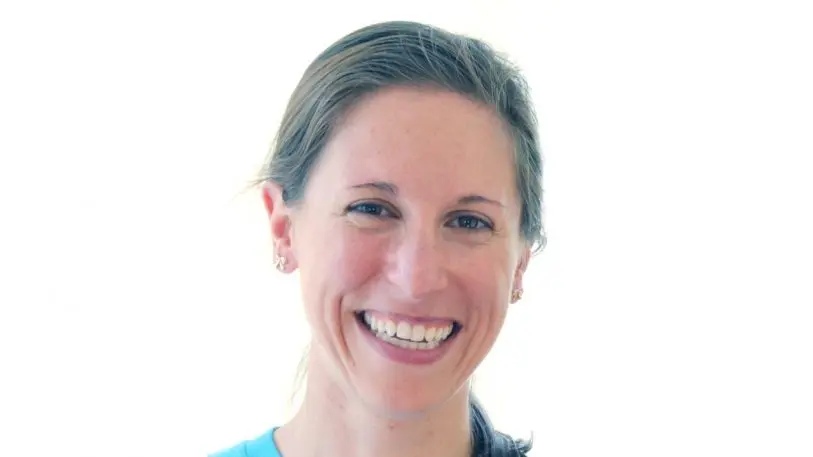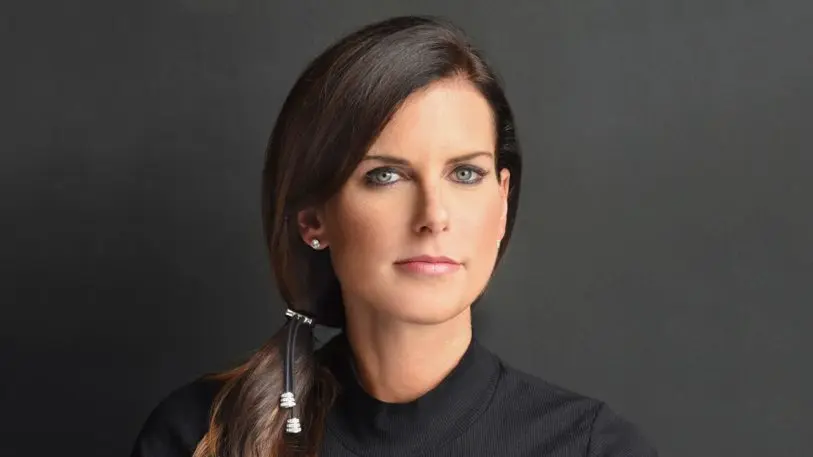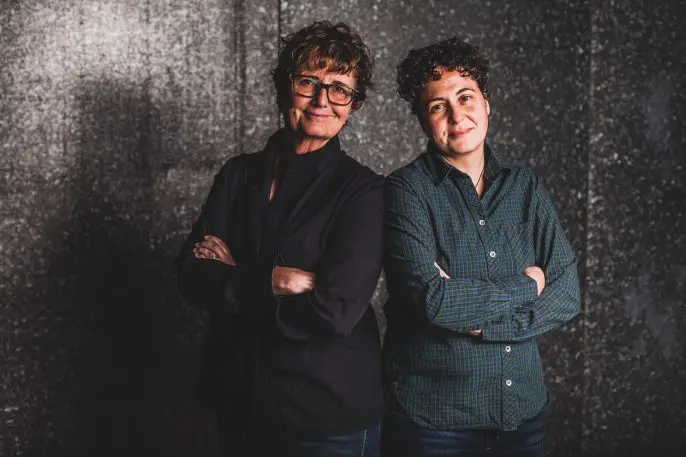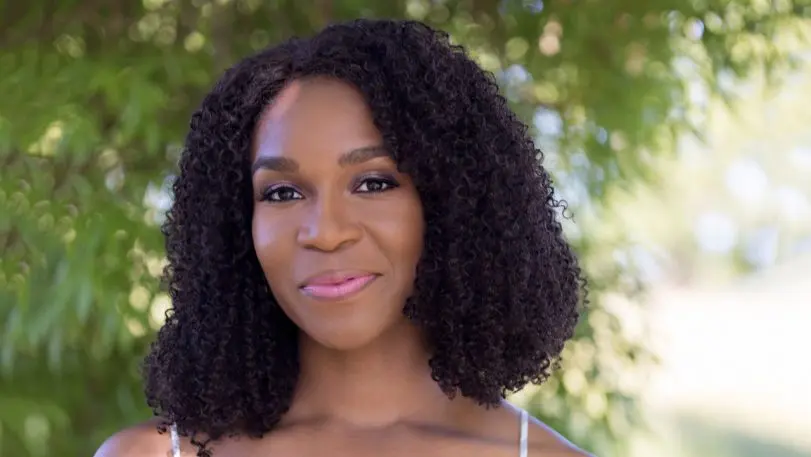Some millennial professionals refuse to conform to a black-and-white definition of success and instead embrace the gray, confident in their ability to create a new palette. Many arrive at a certain kind of entrepreneurship–whether freelancing on the side or an Etsy shop that takes off–and many manage to turn it into full-time employment.
Considering women are leading the charge of small business owners, it’s no surprise that so many women are turning away from traditional roles to develop their own companies. I should know, considering I’m one of them.
After being gainfully employed and taking on writing assignments for extra income, my 1099 hustle outgrew my corporate paycheck. This prompted me to branch out on my own, and I eventually hired a part-time assistant to help with research and invoicing. Like these women below, I learned a thing or two during the transition from “employee” to “boss.” If you have a goal of becoming your own boss, here’s how to make it a reality.
Find your tribe
As a full-time graduate student at the University of Oregon, Jessica Hilbert was working double time to earn two degrees: one in law and another in business. Though she was already over-scheduled, she came up with the idea for Red Duck Foods, mainly because she was frustrated with condiment offerings that lacked healthy ingredients with robust flavors. Along with other students for a class project, she tackled her idea. After presenting french fries with ketchup that was wildly received, it was evident Hilbert was on to something. Then everything started moving: traveling to business plan competitions, raising $25,000 via Kickstarter. “All of those early proof points contributed to why the side hustle didn’t just evaporate. It wasn’t necessarily that I picked up the side hustle, it was almost like the side hustle picked me up, as it was a class project that just snowballed,” she explains.

For Hilbert, her tribe was the reason for her success. “Seek out and find a group of people who you can associate with, and that you want to share the good and the bad times with. They don’t have to be within your organization, or even in the same industry. They just have to be people who you want to share a laugh or a ranting session with,” she says.
Have a vision
For many years, Diana Wright co-owned a fashion production company in New York that created presentations for top designers, from Cynthia Rowley and Pamella Roland to Bill Blass, Halston, and more. Since she was in the fashion industry, she was used to jumping in to complete hair and makeup in a bind to ensure the show continued to go smoothly. During New York Fashion Week, she created a sliding ponytail holder to pull up a model’s hair backstage by cutting an elastic band in half and stringing it through a toggle. At the time, she says it was a crude quick fix, but it worked so well that models asked to keep them. It wasn’t until a client asked if she could create jeweled versions for the runway that she realized the true opportunity.

Remain committed
Before she ever started TomboyX, Fran Dunaway was busy. Not only was she a partner at a media strategies firm, but an executive producer of political ads for Democratic candidates and campaigns, running both the Seattle and Washington, D.C., office, with 12 editors. At times, she’d ship up to 14 ads a day. Remarkably, Dunaway found the time to create a company with her wife, Naomi, because they both found the lack of shirt options for women to be a pain. “I wanted a Robert Graham or Ben Sherman-type shirt, with fine quality fabric, fun details, and hidden buttons to eliminate the gaping. When Naomi and I couldn’t find what we wanted, we decided to take matters into our own hands and create our own shirt,” she says.

To arrive at this success, Dunaway says it’s important to remain committed, no matter what obstacles are thrown up. And on that note, it’s also smart to approach everything just like that: one step at a time. “If someone says they want to invest in you, don’t get excited until the money hits the bank. Otherwise, the disappointment when it doesn’t happen is a long way down, and it’s a long way to get back up,” she says. “As long as you can keep an even head through it all, then you’ll be able to approach the challenges and successes thoughtfully. It’s a long shot and lots of hard work.”
Be thoughtful–but not too cautious

Andrukonis has a healthy dose of courage, and that’s why her advice is to be thoughtful but not overly cautious if you want to make your part-time gig your all-the-time career. “Consider what is required for your success and make it happen. Create a strategy and a financial plan, evaluate different scenarios for how this new venture might turn out, and determine your tolerance for failure as you proceed,” she says. “Once you have a vision and a thoughtful plan, be confident and make the move. If you think you can shine, then you will.”
Know your number
It was a mix of wanderlust and inspiration that prompted Sharon L. Hadden to switch gears in her career. Even though she’s worked as a managing editor at an eco-magazine, a digital experience manager for NVIDIA, and a public affairs specialist for the FBI, she always did a bit of moonlighting to keep her busy–and to pay the bills, since her government salary was $42,000 a year in Washington, D.C. After paying for groceries with a credit card and putting off buying a car because she simply couldn’t afford it, she turned to social media and marketing consulting to get out of debt and build her savings.
After four years of tangoing between her full-time work and her side gig, she started her new contract for the FBI, leading the San Francisco Division’s public affairs office. She hoped she’d be able to focus 100% of her work energy following a promotion, but she found herself missing helping small businesses. So she picked up a few Bay Area clients, and eventually quit her FBI role to join NVIDIA to accept a marketing role. It was short-lived though, since truly, hustle was in her blood: “One week into my job at NVIDIA, I knew it was time to quit playing and be my own boss full-time. Everything was a rush job, and that just didn’t suit my work style. I always had the best clients when I was consulting, so my leap was motivated by returning to that joy,” she says.

Traveling while building her business was paramount to her success, since meeting deadlines across time zones is no easy task, especially without a boss to hold her accountable. Hadden’s best advice for those looking to mimic her path is to get down to the nitty-gritty numbers. Or, in other words, how little are you willing to make to maintain a lifestyle that brings you joy? “Look at your current salary and your current living expenses, and decide what you need to continue to thrive—not just survive—when your side hustle is all you have. If your quality of life suffers, it’s going to make you bitter, and bitter business owners don’t prosper,” she says.
Accept you won’t have any answers
For more than a decade, Diana Liberto worked as an associate general counsel at Walmart Stores, managing class-action litigation through trial, heading a group of 50 people, overseeing employment litigation, and even working in India for a short period. It wasn’t until tragedy hit that the idea for her former side hustle and now full-fledged company, WalkMyMind, was born. Following a series of unexpected family tragedies over a few weeks, Liberto became a different person. She went from being a high-energy individual to someone who sat alone, motionless and devastated, on the couch. She stopped working out, grew distant, and within a year, knew she needed help. So she hired a personal trainer to come to her house and drag her out for a walk. “I knew I needed to do something, yet lacked the energy and initiative to do it alone. We took a nice walk on the beach, and because it was so refreshing and restorative, I asked her to come back the next day. While walking the following day and really feeling the positive impact, I began wondering how I could help other people who were in the same boat—who, for whatever reason, couldn’t get off the couch and certainly couldn’t afford to pay someone every time they wanted or needed to take a walk,” she says.

In April, they partnered with GlobalFit, and together, they’re working together to develop customer support, sales, marketing, and overall camaraderie. Though the future is looking bright, Liberto’s advice is to revel in the unknown, and perhaps most importantly, accepting that it will be hard. “What I learned is that no one, absolutely no one, knows what’s actually going to happen. Some people, people who you are looking to as “experts,” will be so confident in their pronouncements, and yet they don’t really know any more than you do whether your business will take off or not,” she says. “You have to be in a position to live with uncertainty and no paycheck for however long it takes. You face repeated rejection, endless sleepless nights, the cacophony of a thousand divergent opinions, various iterations of your “baby” that may veer from your vision, and many other incredibly difficult obstacles along the path.”
On the flip side, the joy that comes from creating a side hustle that helps others and provides employment freedom makes it all worth it.
Recognize your brand’s excellence by applying to this year’s Brands That Matter Awards before the early-rate deadline, May 3.
